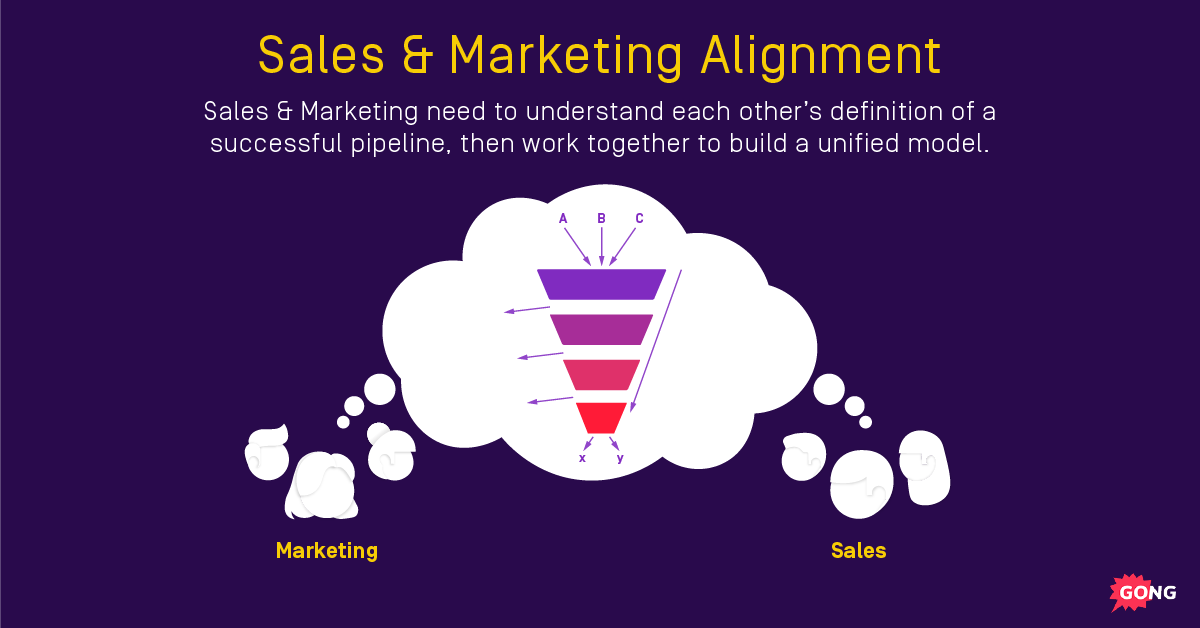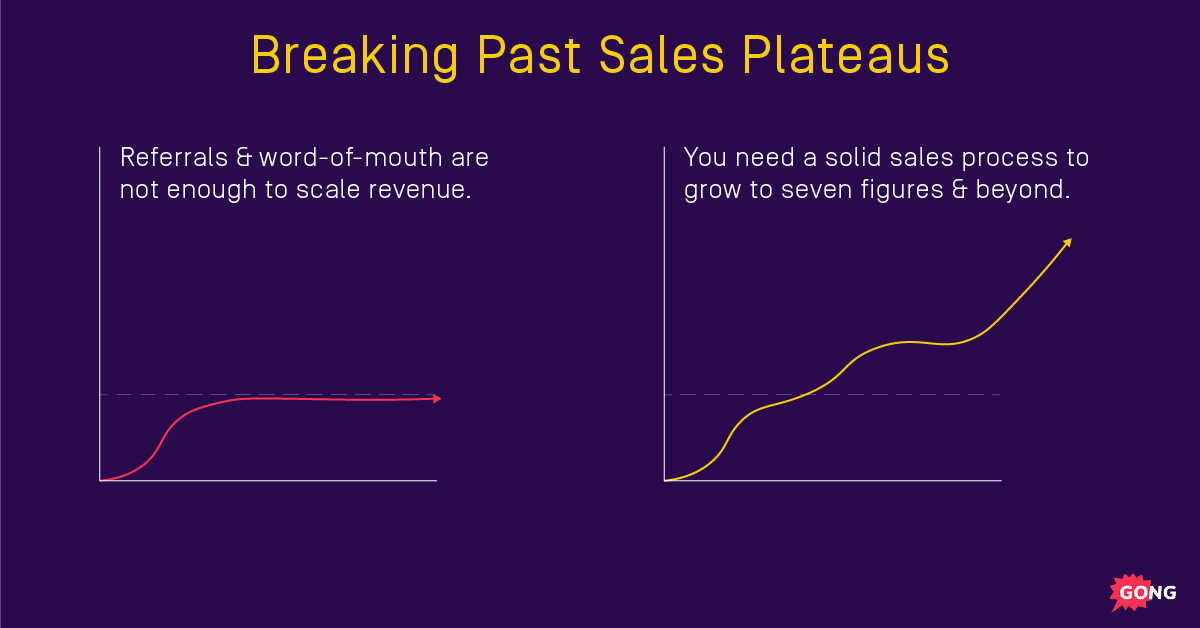Alex Alleyne: How to Achieve Marginal Gains
How do we break past sales plateaus?
Why are sales objections really about value?
Where should sales reps focus—pipeline growth or deal optimization?
On a recent episode of the Reveal podcast, we connected with Alex Alleyne, Strategic Sales Lead at Twilio, for answers to these and other questions that are top of mind for revenue leaders.
Here are the key takeaways and highlights from that episode.
Key Points to Remember
- Managing internal relationships is up to you, not them.
- Scaling your sales process is critical for moving past revenue plateaus.
- Value means different things to different people.
- Wins, not just losses, are often the best opportunity to reflect and improve.
- Sales leaders need to empower their teams and help them build resiliency.
For me to feel that I was gonna lead an impactful life over time, I’d really need to pursue a career path that I was truly passionate about…and sales was always something that I felt really passionate about and connected to.
Managing Internal Relationships
I think the first thing is to proactively be the person that creates or champions a bridge between yourself and the company’s HQ.
I lead one of our regional employee resource groups, which forces a collaboration with the global employee resource group leads. And that gives me a regular cadence with the international teams, almost in a lens that’s slightly different to my day-to-day role. But what it means is that there’s that regular cadence there.
I think the other thing is to be proactive and seek out career sponsors internationally. So I’ve got a four to six week cadence with a couple of our global leaders, including our global SVP of Sales, who supports me with career guidance and advice with navigating key decisions.
But that wasn’t something that landed on my desk. That was something I have to be proactive, make the ask, and actually go out there to ensure that my name is visible and heard in those C-suite conversations, or during those broader meetings.
These aren’t things that just happened. You’ve got to go and make it happen.
Breaking Past Sales Plateaus
What we’ve seen is that a lot of [entrepreneurs and founders] get to six figures in run rate revenue through referrals and word-of-mouth, and maybe their pre-existing network.
And then a lot of them hit this brick wall because they haven’t taken the time, or simply haven’t had the expertise, to understand what successful sales execution looks like. They hit this brick wall where they can’t get from six figures to seven figures in run rate revenue.
And they need that systemization and process and foundation to help them understand, “How do I actually implement processes that are going to set me up for scale?” And start to build a revenue machine that’s gonna make them one of the next unicorns.


I think there’s a lot of opportunities like that in many different companies. To prove yourself. To go out, deliver, drive attendance, be proactive in actually showing that you deserve a place.
Communicating Value
Very simply, the customer buys when they perceive more value in your offering than its cost. But how do we make that a little bit more real?
When we look at a complex proposition such as Twilio’s, it’s really important to understand who all of the key influencers and key stakeholders are that are involved in the sale. And then spend time to deep dive their priorities, creating a business case around actually connecting Twilio’s proposition to the areas in which they derive value.
Who are the movers and the shakers in their account? What do they prioritize? And then how can we think about creating a business case that connects what we do as a company to what they derive value from?
And then talking to these points, it’s important to make them quantifiable business outcomes that are really going to move the needle for those stakeholders. So not just, “We can save you money,” but “Let’s make that quantifiable. How much? By what percentage are we going to make that improvement on the bottom line?”
Objections and Value
If I’m ever in a sales cycle and there’s some heavy objections, the signal that would always go off to me is that I just haven’t created enough value. There’s not enough perceived value in the transaction.
So it’s a signal you need to go back and actually revert to your sales process and that initial discovery to identify gaps. Spend a little bit more time rebuilding the business case to make sure that they’re connected to their stakeholder’s priorities.
Being able to take a step back not only on your losses, but also your wins. Marginal gains are a key here. And often with a win, I’m looking and thinking about, “How could I have reduced the time-to-close?”
So it’s not just about “because we won, we celebrate and we don’t look back and reflect.” There’s always an opportunity to reflect, to refine, and deliver a better outcome the next time around.
Data Breakout—Succeed as a Team
Alex prefers team selling because it’s proven to work. Here’s some data straight from the Gong Labs team, who analyzed more than 53,000 sales calls.
Team selling means bringing just one other person from your team onto a sales call. With team selling you may be 258% more likely to close a deal than if you fly solo. That’s a shocking leap.
Most commonly, this is sales reps bringing in senior leadership to help close a late stage deal. But to take it to the next level, consider bringing in your organization’s experts to sell and win as a team. In a Trust Barometer survey, 65% of responders said experts were the most credible sources of information.
Here is how you can tap into experts in your own organization.
- Tap into customer success experts if you have questions about the onboarding process.
- Engage your IT or security lead if you want to make sure security standards or integrations are up to par.
- Pull in solutions engineers early, especially if you have their technical counterparts on a call.
If you play as a team, you’re more likely to win. It’s that simple.
We sometimes miss the power of actually just asking the customer. We’re asking the prospect why they have that view or why they have that perception. Have you actually asked the customer why they feel that way? Why that’s their current perception?
Focus on Pipeline Growth
There’s never an endpoint when it comes to pipeline generation. My view is that it really should remain a daily priority for any salesperson.
And we’re really fortunate in this era in that there’s a multitude of different tools available. We’ve got phone. We’ve got email. There’s social. So I think it’s a lot easier than it’s ever been before to balance efforts across multiple platforms.
I don’t think there’s a defined split between PG activity and deal optimization. It’s taking the time to understand your business. To know where deals are, and what deals are currently slipping through the funnel.
And once you really understand where you have gaps, you then need to invest the time in optimizing in these areas, while continuing to always have that cadence of investing in a new stream of leads at the same time.
Sales and Marketing Alignment
I often see Sales and Marketing operating quite independently. They’ve got their own lens on what’s an effective process, and how to define and measure success when it comes to pipeline generation.
So they should be taking the time to actually learn and understand the other department’s perspective. What they prioritize and why they prioritize it. And then getting aligned on a unified model for execution.
Diversity and Inclusion
There’s a number of misconceptions when it comes to what defines diversity and inclusion, and who can connect with the program. I saw that there was this perception that D and I only really relates to people of color, or people who identify with a particular gender.
When in fact, when we talk about the word inclusion…giving everyone in the company that sense of belonging, including different personality types. So whether you’re an introvert or an extrovert, for example.
It’s important that everyone has that sense of belonging and connectedness with the organization. It’s about giving everyone in the company a voice and a feeling that they belong within the company.
Sales Resilience
There’s a real rise in burn rates in sales. This is something I’ve seen especially over the last year or so.
I think sales leaders need to move the needle a little bit, and actually work with the team to understand how they can help people get their mind right. And develop a level of resiliency so that they can not only stay the course, but continue to operate at 110% consistently. We could be doing more around actually empowering the minds of sales teams so that they feel happy and healthy.
Subscribe to Reveal: The Revenue Intelligence Podcast
Every week, we interview senior revenue professionals who share their insights on how they leverage revenue intelligence to drive success and win their market.
You’ll hear how modern go-to-market teams win, close revenue with critical deal insight, and execute their strategic initiatives—plus all the challenges that come along with it.
Listen now at gong.io/podcasts.
